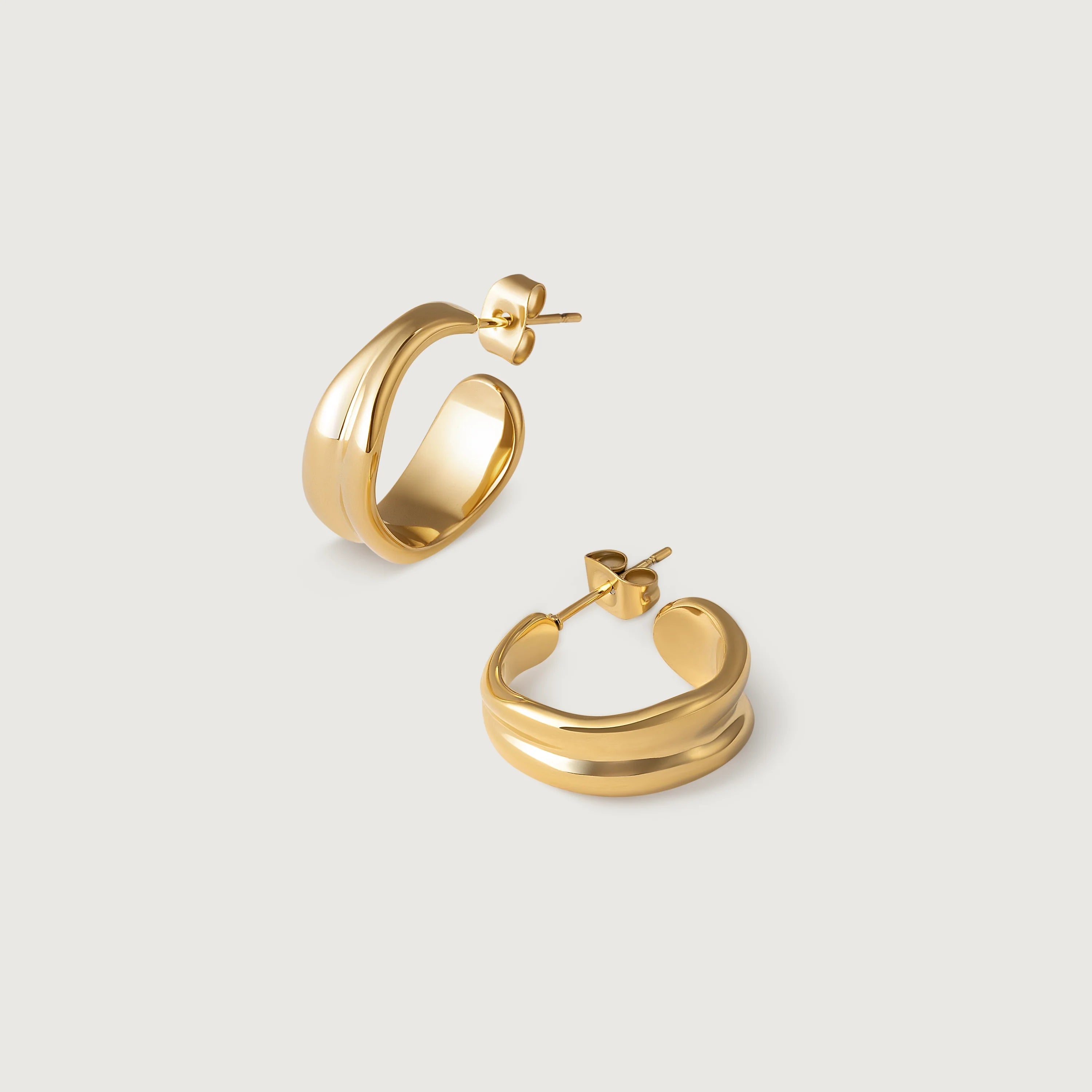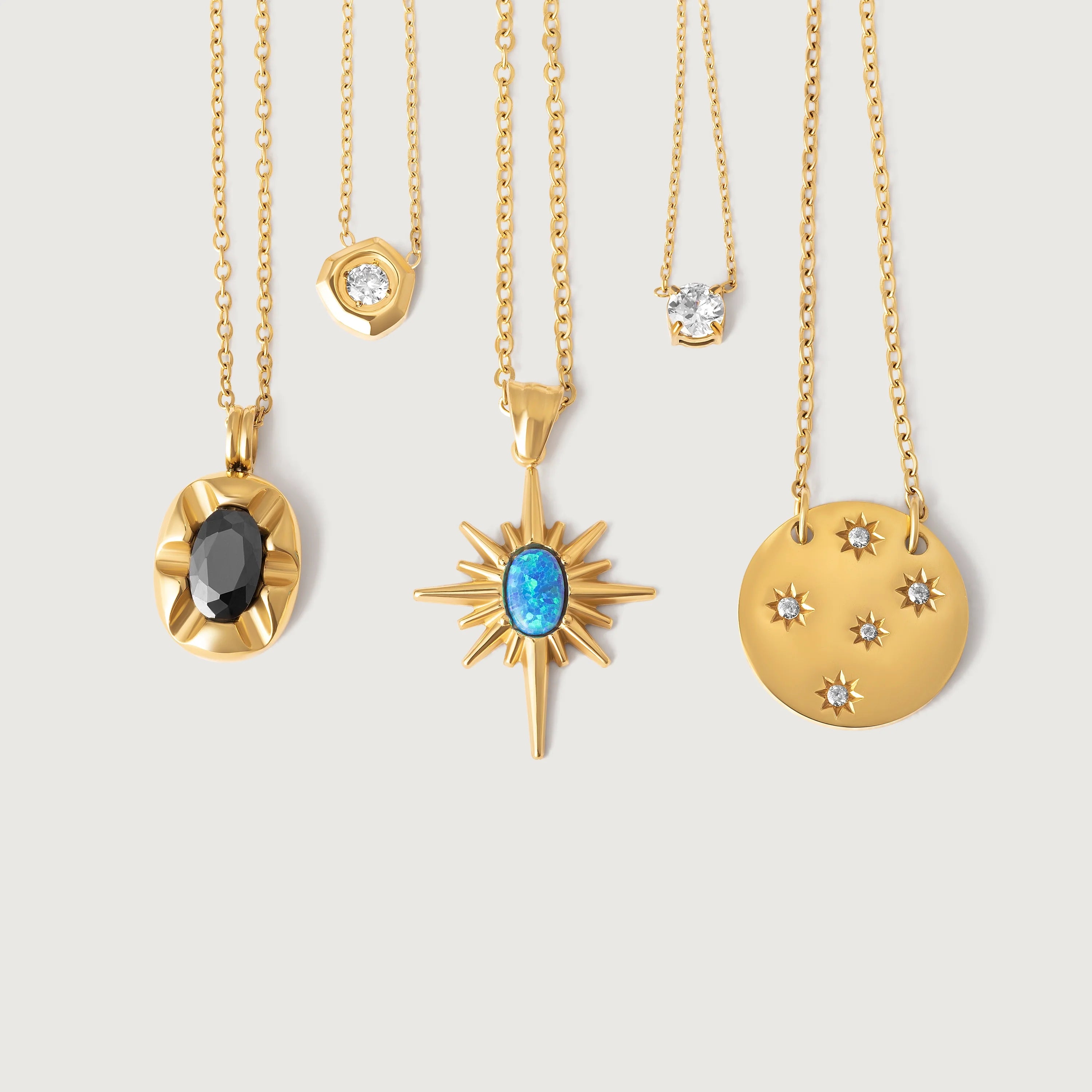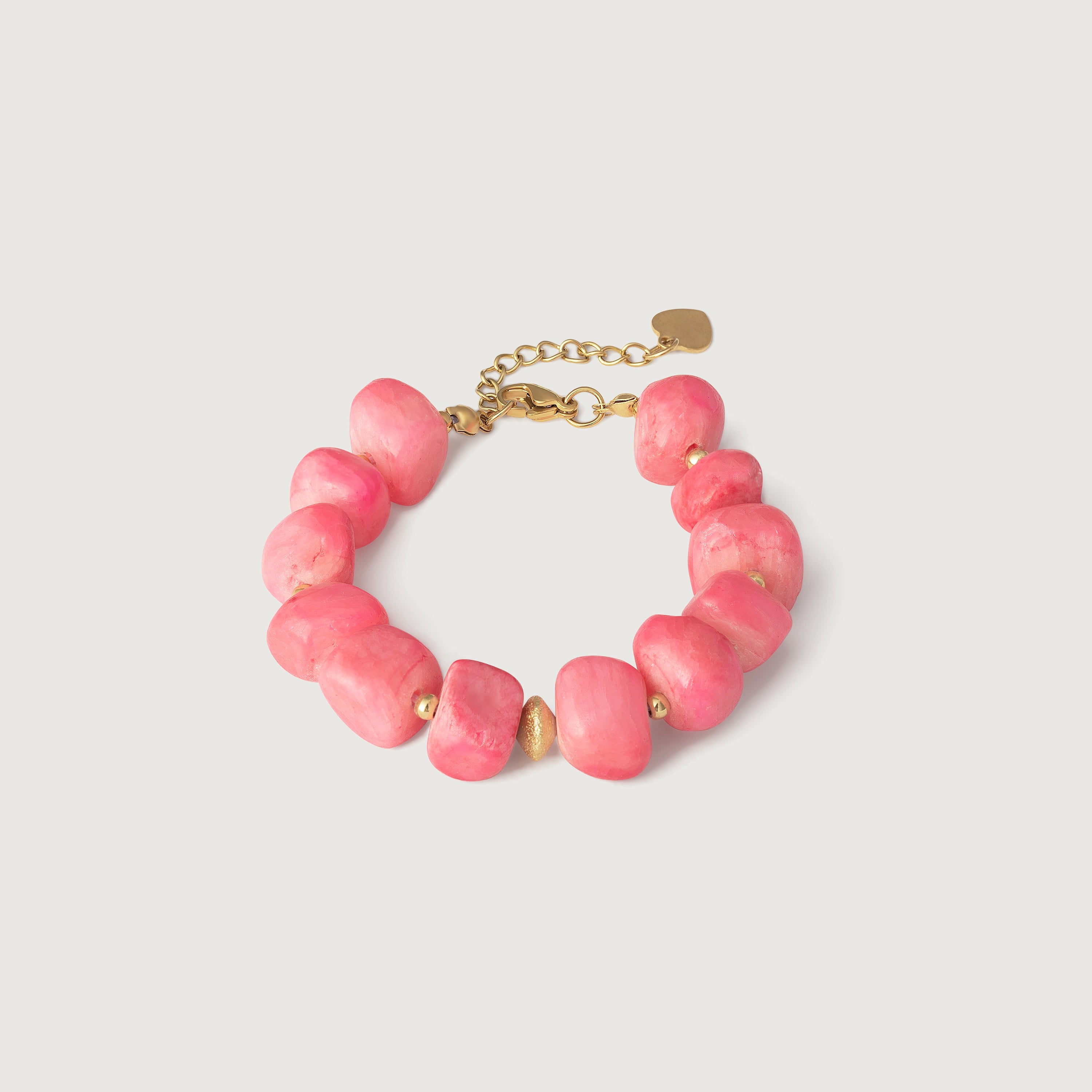But what exactly is gold vermeil? Is it just fancy marketing, or does it genuinely offer better quality and longevity? Is it the secret to affordable luxury that actually lasts? We're diving deep into the world of gold vermeil, exploring its strict definition, comparing it head-to-head with other jewellery types, assessing its real-world durability and value, and ultimately answering the key question: is gold vermeil truly the best plated jewellery choice available?
What Officially Defines Gold Vermeil?
Unlike the often vague term "gold plated," gold vermeil has specific, regulated standards it must meet, particularly in markets like the US and UK. This is its key differentiator and the foundation of its reputation for quality.
To be legally called "gold vermeil," pieces must meet these non-negotiable standards:
- Base Metal MUST Be Sterling Silver (925): This is non-negotiable. The core of the piece must be made from genuine sterling silver, which is 92.5% pure silver alloyed with 7.5% other metals (usually copper). No brass, copper, zinc, nickel, or other base metals allowed. This immediately elevates its quality and intrinsic value compared to standard plating.
- Minimum Plating Thickness: The gold plating layer applied over the sterling silver base must be at least 2.5 microns thick. A micron is one-thousandth of a millimetre. While this still sounds tiny, it's significantly thicker than standard gold plating, which often measures between 0.5 and 1.5 microns, or even less for "flash plating."
- Minimum Gold Karat: The gold used for the plating layer must be at least 10 karat gold. This ensures a certain level of gold purity in the plating itself.
These regulated standards mean that when you buy something labelled "gold vermeil" from a reputable source, you know you're getting a piece with a solid sterling silver core and a substantial layer of real gold on top – a guarantee you simply don't get with generic "gold plated" items.

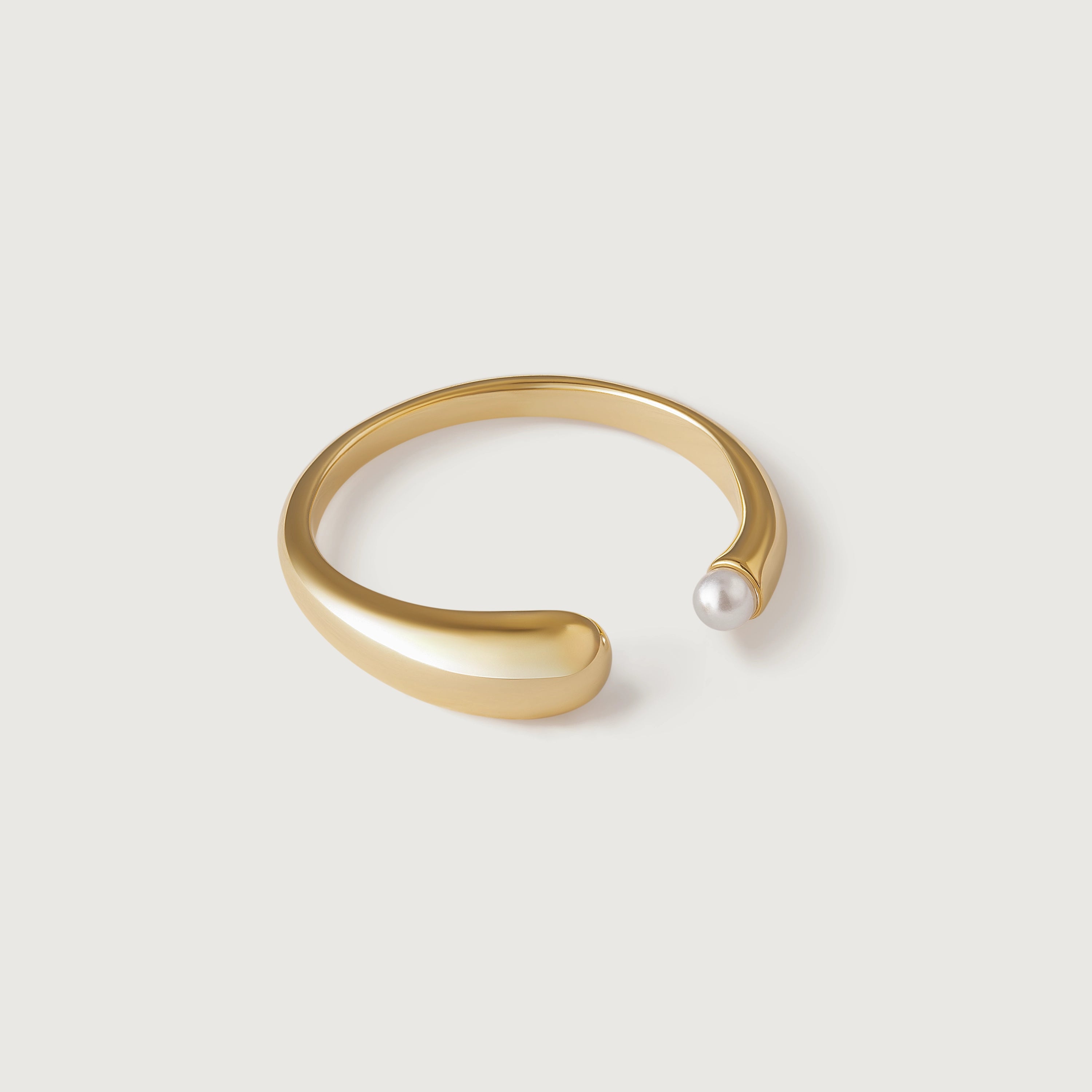
Gold Vermeil vs. Standard Gold Plating: What's the Real Difference?
Understanding the strict definition of vermeil makes comparing it to standard gold plating straightforward. The differences are significant and measurable:
Gold Vermeil
- Base: Always Sterling Silver (925)
- Thickness: Minimum 2.5 microns
- Standards: Regulated and certified
- Skin Safety: Generally nickel-free
- Durability: Significantly longer-lasting
Standard Gold Plating
- Base: Any metal (brass, copper, zinc)
- Thickness: Often 0.5-1.5 microns or less
- Standards: Unregulated
- Skin Safety: May contain nickel
- Durability: Wears off quickly
Essentially, gold vermeil is a regulated, higher-quality category within the broader world of gold plated jewellery, offering guaranteed standards and superior construction.
How Does Gold Vermeil Compare to Gold Filled?
This is another common point of confusion. While both are higher quality than standard plating, gold vermeil and gold filled are made differently and offer different levels of durability:
- Manufacturing Process: Vermeil uses electroplating (an electrochemical process depositing gold onto the silver surface), while gold filled uses heat and pressure bonding (a thick sheet of gold mechanically bonded to a base metal core, usually jeweller's brass).
- Gold Layer Thickness: Gold filled legally requires the gold layer to constitute at least 5% (or 1/20th) of the item's total weight. This almost always results in a gold layer that is significantly thicker and more durable than even the 2.5-micron minimum required for vermeil.
- Durability: Due to the thicker, bonded layer, gold filled jewellery is generally considered more durable and longer-lasting than gold vermeil.
- Base Metal: Vermeil uses sterling silver; gold filled typically uses brass.
Quality Hierarchy: Standard Plating < Gold Vermeil < Gold Filled < Solid Gold
Durability Deep Dive: How Long Does Gold Vermeil Jewellery Last?
So, how long can you expect your gold vermeil pieces to maintain their golden glow? While significantly more robust than standard plating, it's crucial to remember it is still a plated finish. The gold layer can wear off over time, especially under certain conditions.
With proper care, gold vermeil jewellery can last for several years. However, its actual lifespan depends heavily on several key factors:
- Wear Frequency: Daily wear will shorten its life compared to occasional use
- Type of Item: Rings and bracelets experience constant friction and will wear faster than earrings or pendants
- Chemical Contact: Exposure to lotions, perfumes, soaps, sanitisers, chlorine, and even acidic sweat will accelerate wear
- Abrasion: Rubbing against hard surfaces or abrasive materials will physically wear down the plating
- Care Routine: Consistent, gentle care makes a significant difference
Realistic Expectations
Think of gold vermeil as offering good durability for a plated item, far exceeding standard fashion jewellery, but don't expect the generational longevity of solid gold. It's an excellent middle ground between affordability and quality.


The Value Proposition: Is Gold Vermeil Worth the Extra Cost?
Gold vermeil occupies an interesting space in the market, often referred to as "demi-fine" jewellery. It bridges the gap between inexpensive costume/fashion jewellery and costly fine jewellery (solid gold, platinum).
- Cost: It costs more than standard gold plated items because you're paying for a solid sterling silver base and a much thicker layer of real gold. However, it remains considerably more affordable than gold filled or solid gold pieces of comparable size and style.
- Value for Money: Many consider vermeil to offer excellent value. You get the look and feel of precious metals (silver and gold) and significantly better durability than cheap plating, justifying the moderate price increase.
- Intrinsic Value: It has some intrinsic value derived from its sterling silver content and the substantial amount of gold. This is higher than standard plated pieces but still much lower than solid gold.
- Resale Value: Like most plated jewellery, resale value in precious metal markets is minimal to non-existent. Its value is primarily in its wearability and aesthetic quality while the plating lasts.
The Verdict: If you appreciate higher quality materials, desire longer wear than standard plating, and want an affordable touch of luxury without venturing into fine jewellery prices, then yes, gold vermeil often represents a worthwhile investment in your style.

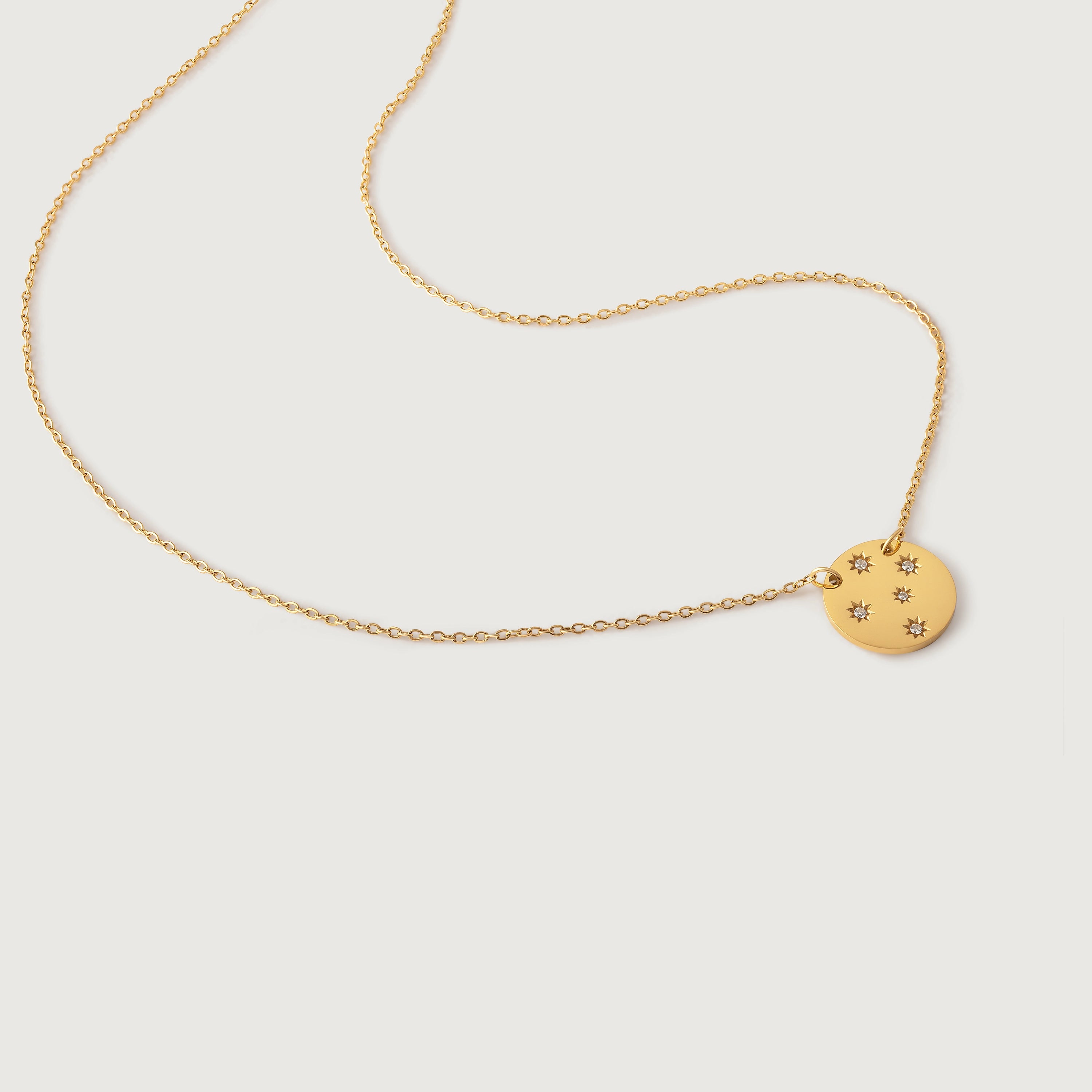
Gold Vermeil and Sensitive Skin: A Safer Plated Choice?
For those plagued by jewellery allergies, gold vermeil often emerges as a hopeful alternative to standard plating.
- The Big Advantage: The mandated sterling silver base is typically nickel-free. Since nickel is the most common cause of jewellery allergies, vermeil eliminates this major trigger found in many cheap base metals. Furthermore, the thicker 2.5+ micron gold layer provides a more robust barrier between the skin and the underlying metal for a longer time.
- The Lingering Caveat: While much safer, it's not 100% guaranteed hypoallergenic for absolutely everyone. If the thick gold plating eventually wears down significantly (especially on high-wear items like rings), the skin will come into contact with the sterling silver base. Sterling silver is 92.5% silver and 7.5% other metals, usually copper. A small minority of people are sensitive or allergic to copper.
- The Verdict: Gold vermeil is significantly better and safer for sensitive skin than standard gold plating. For the vast majority of people, especially those with nickel allergies, it's an excellent choice.
Caring for Your Gold Vermeil Pieces
To maximise the lifespan and beauty of your gold vermeil jewellery, treat it with the care it deserves:
- Avoid Moisture & Chemicals: This is paramount. Remove pieces before showering, swimming, bathing, applying lotions/perfumes/hairspray, or using cleaning products. Let cosmetics dry fully before putting jewellery on. (For hassle-free wear, explore our waterproof jewelry collections that eliminate these concerns entirely.)
- Gentle Cleaning: Wipe regularly with a soft, dry, lint-free cloth (like a microfibre or jewellery polishing cloth) to remove oils and dirt. Avoid abrasive materials or harsh chemical cleaners.
- Storage is Key: Store each piece individually in an airtight bag, soft pouch, or lined jewellery box. This prevents scratching and minimizes exposure to air, which can tarnish the underlying silver if the plating gets compromised over time.


Gold Vermeil: Pros and Cons Summary
Let's summarise the key takeaways to help you make an informed decision:
Pros
- ✅ Meets regulated quality standards
- ✅ Sterling silver base adds intrinsic value
- ✅ Minimum 2.5-micron gold plating for durability
- ✅ Generally hypoallergenic (nickel-free base)
- ✅ Provides "affordable luxury" option
- ✅ Significantly better than standard plating
- ✅ Suitable for regular wear with care
Cons
- ❌ Still plating - can wear off over time
- ❌ More expensive than standard plated jewelry
- ❌ Less durable than gold filled or solid gold
- ❌ Minimal resale value
- ❌ Requires careful handling and maintenance
- ❌ Potential copper sensitivity if plating wears
- ❌ Not suitable for very active lifestyles
Gold vermeil successfully bridges the gap between fast fashion jewelry and fine jewelry, offering regulated quality standards and precious metal construction at accessible price points.
Is Gold Vermeil the Best Plated Jewellery Option?
Returning to our central question: is gold vermeil the best type of gold plated jewellery you can buy? Based on its regulated standards, guaranteed precious metal base, and significantly thicker gold layer, the answer is generally yes. It stands head and shoulders above standard, unregulated gold plating in terms of quality, durability, and suitability for sensitive skin.
Gold vermeil successfully carves out its niche as "demi-fine" jewellery – offering a tangible step up from basic fashion pieces by using sterling silver and a robust layer of gold. It provides a satisfying balance of quality materials, reasonable longevity, and accessible pricing.
It's the ideal choice for consumers who want more than fleeting fashion jewellery, appreciate the feel of precious metals, need better hypoallergenic properties than standard plating offers, but aren't yet ready or willing to invest in the higher price points of gold filled or solid gold. If you understand it's still a plated item requiring care but desire superior quality within that category, gold vermeil is likely your best bet.
At Kaleya Studio, we appreciate the craftsmanship and standards that gold vermeil represents. While we focus on even more durable solutions like premium stainless steel and recycled sterling silver bases, we recognize vermeil's important place in the jewelry hierarchy for those seeking quality plated options.
Discover Quality Jewelry Construction
Explore Kaleya Studio's collection of thoughtfully crafted pieces, where we prioritize quality base metals and superior construction techniques that deliver lasting beauty and comfort.
